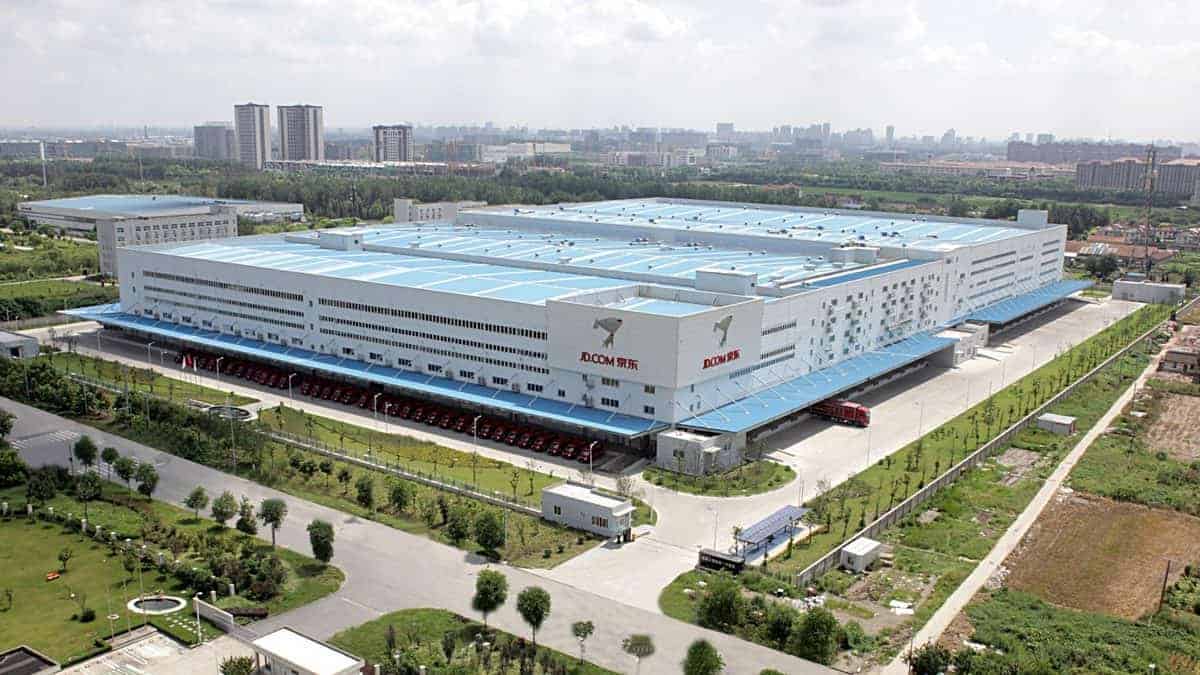As COVID-19 continues to rage on, the retail market is in the midst of seismic disruption as consumers continue to shift from shopping at stores to buying online. The transition toward e-commerce had been gradual, then the pandemic accelerated the move online — and nowhere is it more evident than in the Asia-Pacific region.
Management consulting firm Bain & Company has come out with a report on the future of retail in Asia-Pacific, detailing how the region is “leapfrogging” development stages that the U.S. and Europe struggled to pass through.
The compound annual growth rate for Asia-Pacific retail sales between 2014 and 2019 quadrupled, and e-commerce growth doubled compared to the rest of the world. The Asia-Pacific region consists of 48 countries of differing population density, economic and market conditions and buying preferences.
However, Bain’s report stresses that the region has overall prioritized action across six areas that have led it to seize opportunities.
- Reinventing value proposition.
- Winning digital engagement.
- Future-proofing assets and operations.
- Mastering last-mile and supply chain resilience.
- Defining ecosystem destination.
- Retooling for a digital future.
“Across Asia-Pacific retail, there’s massive variation. In India, for example, traditional family-run stores (kiranas) and stalls still make up the majority of retail sales, but in Japan small family operations like these were mostly overtaken by chains and big-box formats long ago,” said the report.
Bain called India, Vietnam and Indonesia fast modernizers of their retail markets. Though technology disruption and maturity levels within the markets are relatively low today, the firm expects these countries to have disproportionately high digital acceleration in the near future.
In the retail race, China is the digital leader within the region, exhibiting high disruption and low market maturity. Market maturity refers to the physical selling space per capita — for China, the number is roughly 30% to that of the U.S. The mature markets like South Korea, Singapore, Japan and Australia are countries where both disruption and maturity are high, with their future evolution being more muted.
“The pandemic has most obviously hastened the migration of sales from brick-and-mortar stores to online channels. It has also increased demand for fast and reliable delivery — most vividly seen in the surging adoption of online grocery,” observed the report. “COVID-19 has given fresh impetus to other shifts, widening the economic gap between haves and have-nots and further fragmenting the path to purchase by impelling consumers to shop through mobile phones.”
Bain contended that companies across Asia-Pacific are modeling their value propositions to suit regional demographics and specific needs. For instance, dense urban regions with time-poor dual-income households see a spike in popularity of ready-to-eat meals, with their penetration doubling in South Korea and Thailand between 2010 and 2019.
E-commerce companies, especially in China, have been increasing their digital engagement with shoppers, primarily through mobile phones. Trends within the e-commerce market show that 70-85% of sales will be via mobile phones by 2023 in key regional markets.
As consumer expectations over expedited shipping steadily rise, e-commerce companies would have to customize their fulfillment models across regional markets, as no two markets in emerging markets within Asia have identical challenges.
“Retailers will instead need to tailor their last-mile approach to local conditions. For instance, highly centralized and automated fulfillment centers work well in Sydney, with its expensive real estate and workers; its logistical maturity is also ideal for home delivery by truck,” said the report.
“Shanghai suits a mix of centralized and hyperlocal fulfillment, trucks and nimbler two-wheelers, manual and automated picking. In Mumbai and Jakarta, with their patchier roads and lower-cost labor, the pendulum swings much further toward hyperlocal fulfillment, motorbikes, scooters and picking by hand.”
The increase in the volume of retail moving through digital channels has led to companies churning out vast troves of data. Insights drawn from this data would help stakeholders to solidify their competitive advantage in the market. Companies use customer-centric data to identify new trends and products for specific customer segments. Capital will gradually be reallocated toward digital solutions, with significant investment toward improving visibility into operations and automation within distribution centers and the last mile.
***
More from Vishnu Rajamanickam
Interos helps companies realize, act on supply chain risk
KeepTruckin raises bar with Safety Hub platform
JD.com buys $432 million majority stake in express delivery giant











